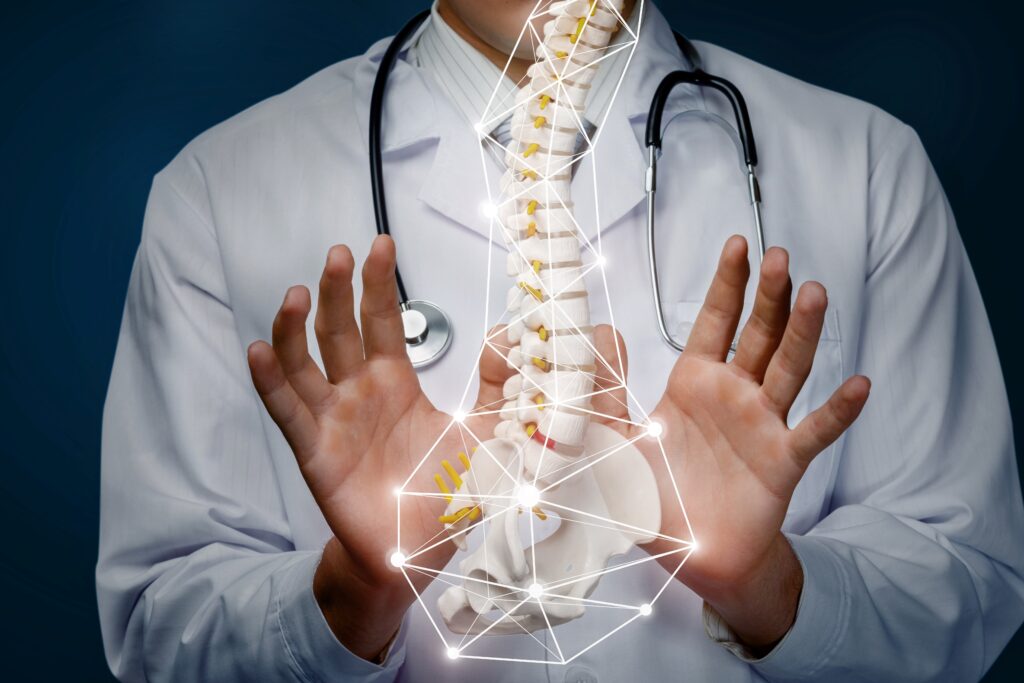
Over 35 million American adults receive chiropractic treatments each year.
Now, a growing partnership between chiropractic care and holistic health has begun to emerge. This innovative approach marries chiropractic care with other holistic mind and body therapies in order to enhance traditional health care practices.
Dr. Steven C. Davis, chiropractor, provided valuable insights into the core components of this approach, which includes natural products, hands-on healing practices, and techniques that link the mind and body. Combined, these aspects provide treatment options that could both improve overall health and foster a sense of well-being.
Complementary Natural Products
Proper nutrition is necessary in order to maintain a healthy mind and body. A well-balanced diet of healthy fats, lean protein, vegetables, and fruit will provide the nutrients needed to function optimally. Integrating chiropractic care into one’s health routine enhances the body’s healing processes, supports immune function, and promotes well-being.
A balanced diet will help with maintaining a healthy weight, reduce chronic health risks, and support a healthy lifestyle. The focus of chiropractic care is on the musculoskeletal system and the nerve endings, spinal cord, and brain in the nervous system. Certain nutrients serve to safeguard these systems and boost their strength. They include:
- Potassium
- Calcium
- Vitamin D
- Vitamin B12
- Vitamin K
Body Therapy

Chiropractic Spinal Manipulation
Studies conducted by the National Center of Complementary and Integrative Health show that chiropractic spinal manipulation helps reduce chronic and acute back pain. A chiropractic adjustment involves using special instruments or hands to manipulate joints in the body.
These adjustments help reduce pain, correct the body’s alignment, and improve how the body functions physically. Chiropractic treatments complement traditional medical care.
Massage Therapy
Massage therapy is an approach that helps people manage Parkinson’s disease, arthritis, scoliosis, and dementia, mainly when used with more traditional care approaches.
NIH research solidifies the benefits massage therapy offers to those dealing with various health conditions, such as:
- Low-back pain
- Neck and shoulder pain
- Osteoarthritis
- Headaches
A partnership emerged that could change how to deal with chronic health conditions.
Integrative Mind-Body Medicine
Mind-body therapies are techniques that improve the interactions of the mind with bodily function to improve health and well-being while inducing relaxation. The three standard mind-body therapies are acupuncture, yoga, and meditation.
Acupuncture
Acupuncture involves using thin needles, electricity, heat, and pressure to stimulate points in the body to promote the balance and flow of internal energy. It helps to improve sleep and reduce pain, fatigue, dry mouth, vomiting, nausea, and hot flashes.
Yoga
Yoga is an ancient practice that uses breathing exercises while moving through specific postures, focusing awareness, and meditating to achieve heightened emotional, physical, and mental health. Research on mindfulness-based meditation reveals its many uses and benefits, including reducing anxiety, improving cognitive impairment, reducing depression, decreasing fatigue, relieving insomnia, and improving sleep quality.
Takeaways
Chiropractic and holistic wellness incorporate complementary and integrative approaches. Complementary therapies work in conjunction with mainstream treatments, but they are not to be used as a replacement.
Integrative medicine treats the whole person involving spiritual, mental, emotional, and physical needs. It ‘integrates’ complementary therapies and conventional approaches to achieve optimal healing and health.

